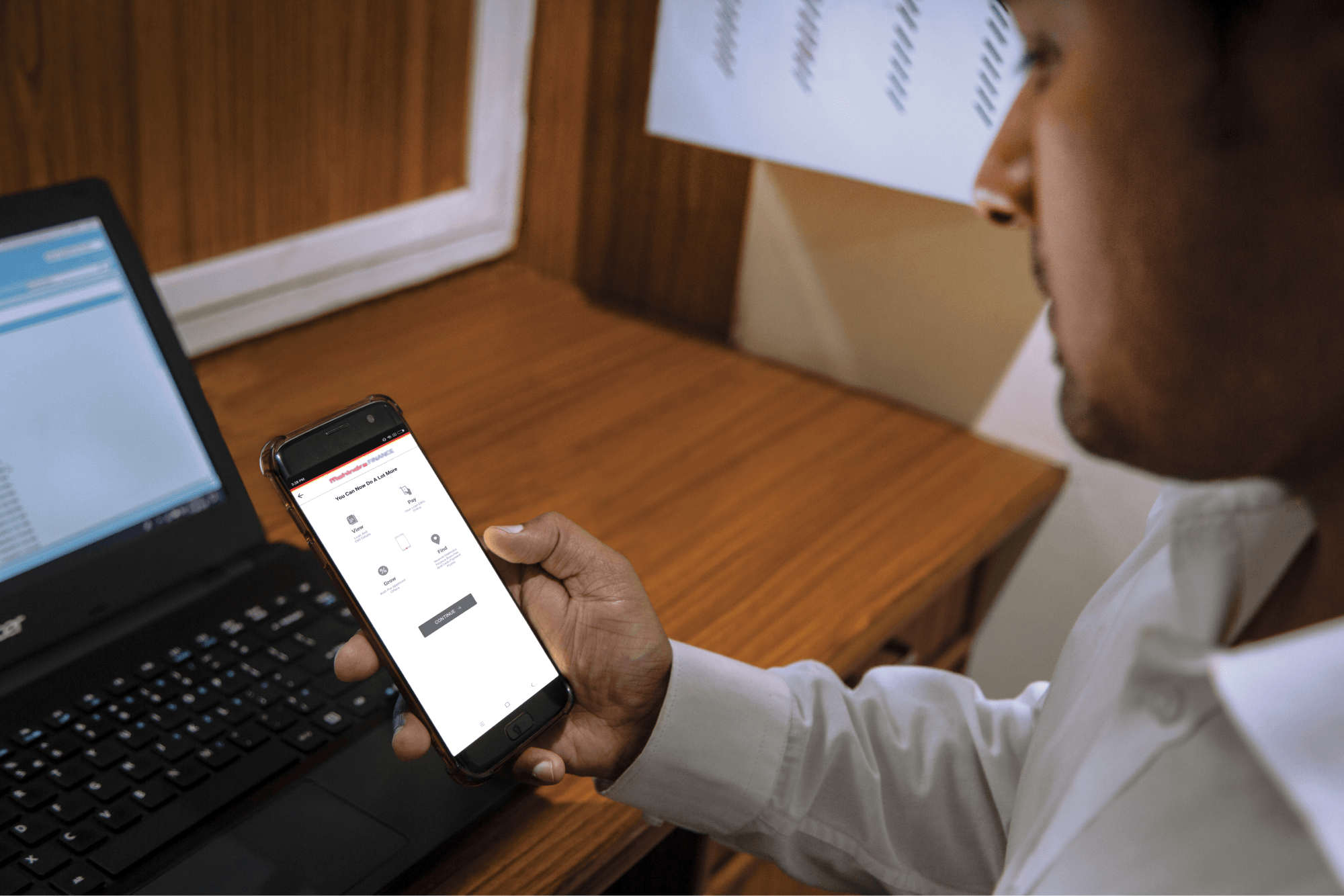Running a small or medium-sized enterprise (SME) comes with its unique set of challenges. One such challenge is securing funds to grow and sustain a business. This is where collateral business loans come into play.
Every business needs access to capital at some point in its journey, whether it's for expanding operations, purchasing equipment, or managing cash flow during challenging times. Collateral business loans allow businesses to obtain funds by leveraging their assets as security.
In this article, we will deep dive into the concept of collateral business loans and explore why they are necessary for SME financing.
Minimizing risk for lenders
When evaluating applications for SME loans from small businesses with limited financial history or lower annual turnovers, lenders face higher credit risks. In collateral business loans, the pledged collateral serves as a security measure that minimizes these risks. In case of default by the borrower, the lender has the authority to sell the pledged asset and recover the outstanding loan amount. It also boosts the chances of SME loan eligibility for borrowers.
Understanding the borrower's background is another crucial aspect for lenders. The collateral provided by the borrower demonstrates their ability to repay the loan. By offering collateral in collateral business loans, borrowers can improve their chances of securing a loan at better interest rates and with more favourable terms.
Mitigating end-usage risks
One of the challenges faced by lenders is ensuring that borrowers use the amount of SME loans for their intended purpose. Misuse of funds increases the risk of default on loan repayment. This is where collateral acts as a buffer for lenders against end-usage risks.
When applying for high-value loans, businesses are required to declare the purpose of availing the loan, be it purchasing machinery, inventory, or vehicles, or funding business expansion and marketing efforts. Lenders may refuse to sanction a loan if they feel that the usage does not align with the nature of the business or poses higher risks.
By pledging collateral as an asset, businesses can provide reassurance to lenders that they will utilise the funds responsibly and in line with their stated objectives. It reduces the concerns regarding end-usage risks and makes it easier to obtain a loan.
Loan amount calculation
Before applying for SME loans with collateral support, it's essential to determine your eligibility and approximate loan amount. Using an MSME loan calculator can help you understand these aspects better.
The MSME loan calculator takes into account various factors such as your business's annual turnover, creditworthiness, and the value of the collateral being offered. By inputting these details into the calculator, you can get an estimate of the loan amount you may be eligible for.
Additional read: Ways To Secure Msme loan Without Collateral
Conclusion
Collateral plays a significant role in SME business loans by reducing risks for lenders and providing stability for borrowers. It also increases the SME loan eligibility for borrowers. By offering collateral, businesses demonstrate their credibility to repay loans, improve their loan eligibility, and mitigate end-usage risks.
When securing a loan for your emerging business, carefully evaluate your options and consider the benefits of collateral-based loans as well as collateral-free schemes. Mahindra Finance can be your partner in this journey, offering tailored financial solutions to meet your MSME's needs. Whether you choose a collateral-based loan or explore collateral-free options, Mahindra Finance provides comprehensive support backed by expertise and experience.
FAQs:
Q: What is the interest rate on SME loans?
A: The interest rates on SME Loans vary based on factors such as the borrower's creditworthiness, loan tenure, and prevailing market conditions. It's essential to compare offers from different lenders to find the best interest rate that suits your business requirements.
Q: How can I calculate my eligibility for an SME loan?
A: You can use an MSME loan calculator provided by banks or financial institutions to determine your eligibility criteria based on factors like annual turnover, creditworthiness, and available collateral. This will give you an approximate idea of the loan amount you may be eligible for.
Q: Do I need collateral for all SME loans?
A: Not all SME loans require collateral. There are government schemes and financial institutions that offer collateral-free loans, especially for small-scale industries and startups. However, collateral may be required for higher loan amounts or in certain types of businesses.
Q: What is the MSME interest rate?
A: The MSME interest rate varies across lenders and depends on factors such as the loan tenure, risk assessment of the borrower, and prevailing market conditions. It's important to compare rates from different lenders to find the most favourable option for your business.






















































